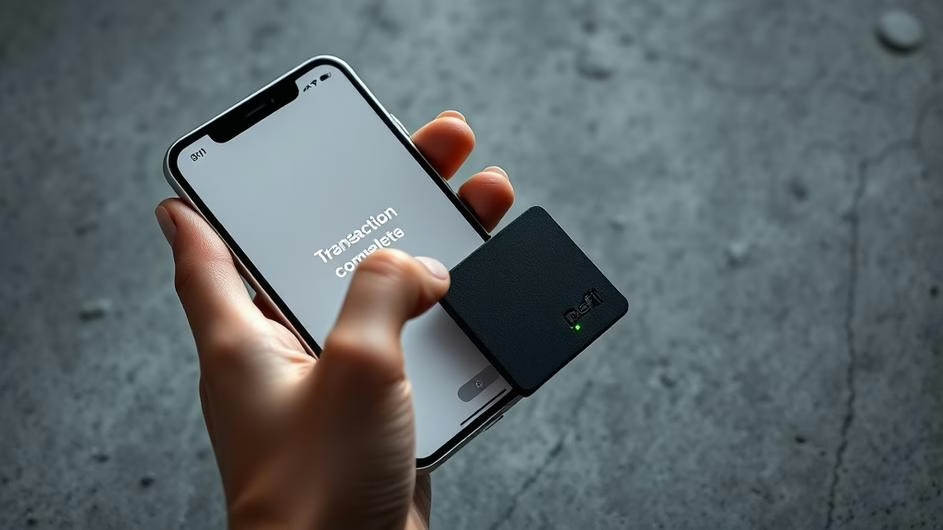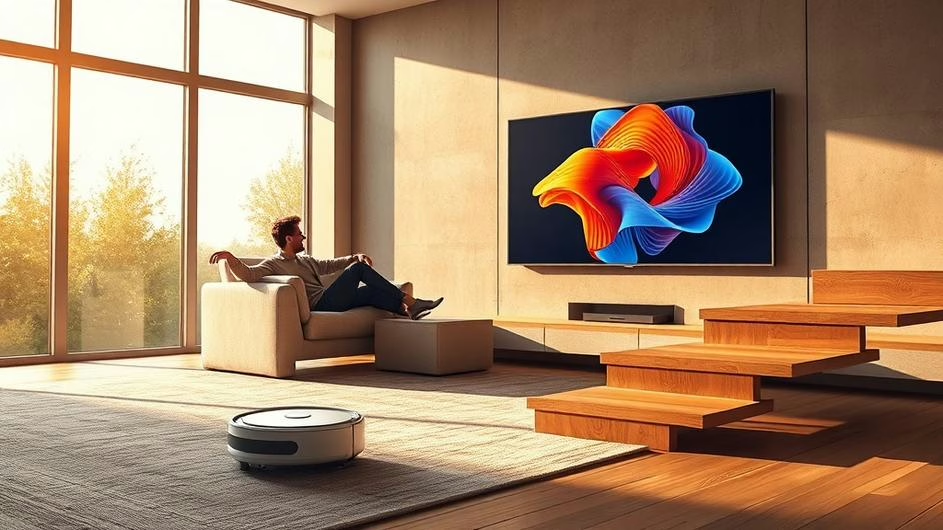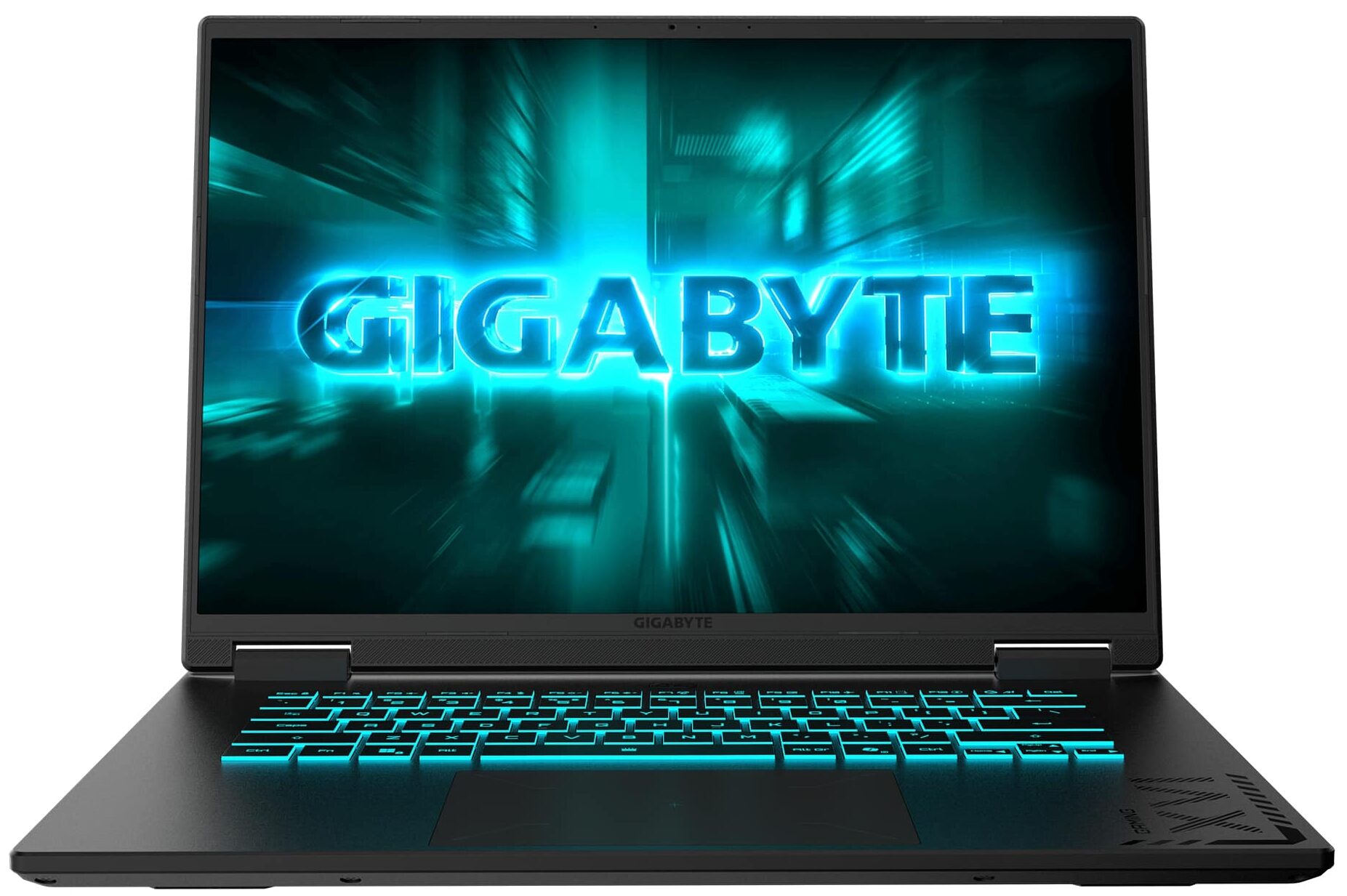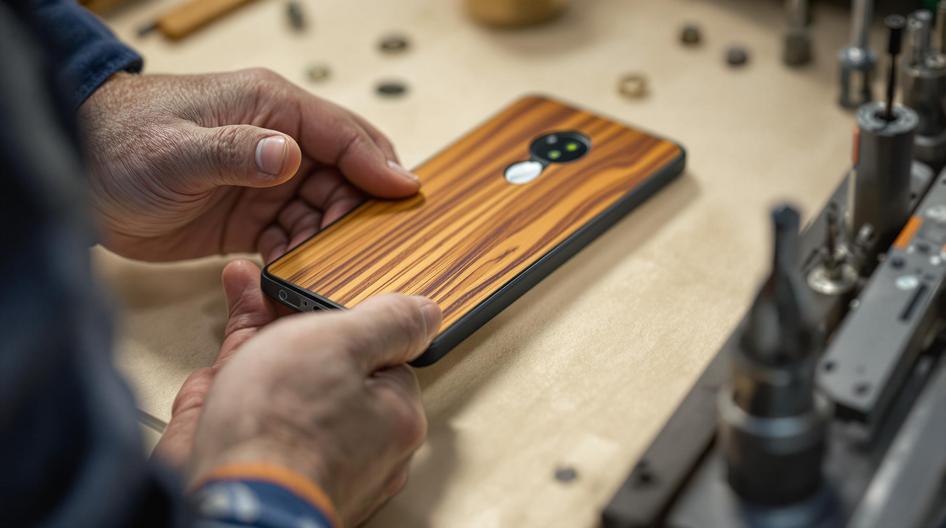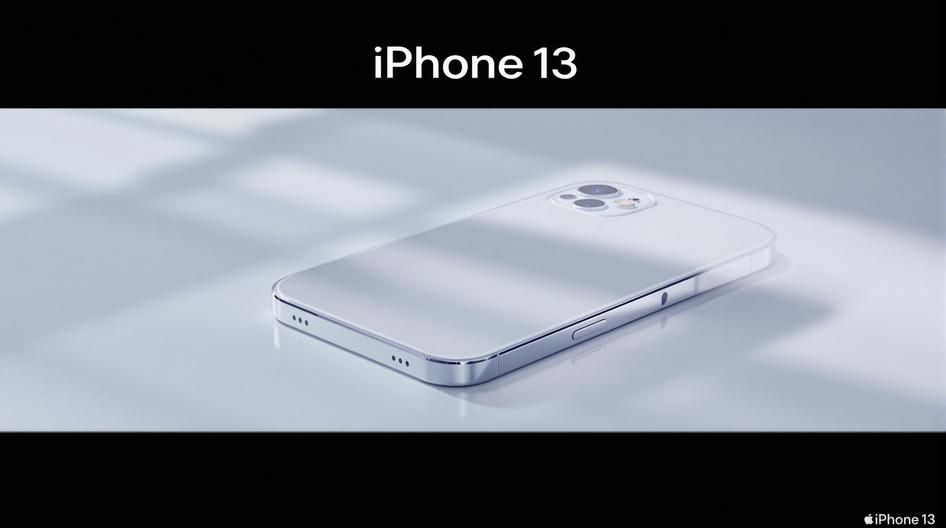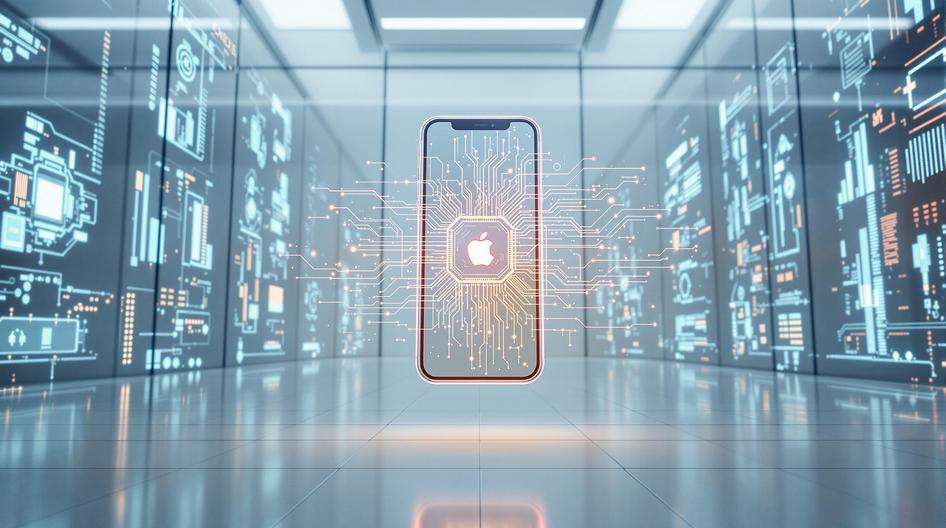
Smartphones Evolve: AI Edge Nodes, Market Shifts, and Web3’s Integrated Future
The smartphone industry just delivered some surprising news. After a rocky start to 2025, global smartphone shipments grew 3% in Q3, hitting 320.1 million units. That’s not just a recovery, it’s a statement that people still want new phones despite economic uncertainty.
But here’s where it gets interesting. The growth isn’t happening everywhere. While North America and China saw declines, Asia-Pacific, Middle East, and Africa regions are driving the momentum forward. Market data from Omdia shows this isn’t just about volume, it’s about where people are willing to spend money on tech.
Consumers are making some pretty clear choices. They’re either going budget with basic devices or splurging on premium flagship phones. The middle ground? That’s where things get tough. This bifurcation tells us something important about how people view mobile technology in 2025.
Samsung’s Smart Strategy Pays Off
Samsung shipped 60.6 million units in Q3, posting solid 6% year-over-year growth. Their secret sauce? Playing both ends of the market brilliantly. The Galaxy Z Fold7 and Flip7 are pulling in premium buyers who want cutting-edge foldable tech, while the Galaxy A07 and A17 series keep budget-conscious users happy.
The real standout might be the Galaxy S25 FE. Samsung’s “Fan Edition” delivers flagship features without the flagship price tag. Sure, the camera setup and some innovations lag behind the ultra-premium models, but you get seven years of software updates and reliable performance. That’s the kind of long-term thinking that smart consumers appreciate.
Looking ahead, Samsung’s already prepping the Exynos 2600 chipset for the Galaxy S26 series. These hardware advances aren’t just about faster performance, they’re laying the groundwork for the AI revolution that’s coming to mobile devices.
Musk’s Bold Vision: The End of Smartphones?
Elon Musk dropped a bombshell recently, suggesting that traditional smartphones might become obsolete. His vision? “Edge node” devices that act as direct interfaces for advanced AI systems.
Picture this: instead of downloading apps, your device becomes a seamless bridge between local processing and cloud-based AI. Real-time video generation, instant music creation, complex computational tasks, all handled through intelligent interfaces rather than the app-heavy ecosystem we know today.
This isn’t just tech fantasy. The processing power advances we’re seeing in chips like Samsung’s Exynos 2600 make this kind of edge AI computing increasingly realistic.
What This Means for Web3 and Crypto
For crypto enthusiasts and Web3 developers, these AI-powered edge nodes could be game-changers. Think about it: devices with enhanced processing power and direct AI integration could become the perfect gateways for decentralized finance and blockchain interactions.
Instead of juggling multiple crypto apps, imagine your edge node managing your digital identity, executing smart contracts, and handling secure transactions through intuitive AI interfaces. Musk’s emphasis on “truth-seeking” AI systems aligns perfectly with blockchain’s core principles of verifiable data and transparent operations.
This convergence could reshape how we interact with crypto and digital assets. Security, usability, and functionality could all improve dramatically when AI handles the complex technical aspects while users focus on their goals.

Industry Challenges Ahead
Of course, this transformation won’t be smooth sailing. Component shortages and rising manufacturing costs are creating headaches across the industry. These pressures could drive up prices for new devices and potentially slow growth in the budget segment that’s been performing well.
But the pace of innovation suggests these obstacles are temporary. Companies like Samsung are investing heavily in next-generation hardware, while visionaries like Musk are pushing the boundaries of what mobile devices can become.
The Road Forward
The smartphone market’s Q3 performance shows resilience and adaptability. Regional growth patterns reveal opportunities in emerging markets, while the premium-budget split highlights changing consumer priorities.
More importantly, the technological undercurrents point toward a fundamental shift in how we think about mobile devices. Whether it’s Samsung’s advanced chipsets or Musk’s edge node vision, we’re moving toward a future where AI integration becomes the defining characteristic of personal technology.
For investors, developers, and tech enthusiasts, this evolution represents both opportunity and disruption. The companies that successfully bridge today’s smartphone capabilities with tomorrow’s AI-driven interfaces will likely define the next chapter of mobile computing.
The question isn’t whether this transformation will happen, but how quickly we’ll adapt to a world where our devices become intelligent partners rather than just communication tools. And for the Web3 community, this shift could unlock entirely new possibilities for decentralized innovation and secure digital interactions.
Sources:
Global smartphone shipments grew 3% in Q3 – Telecoms
Omdia: Global smartphone market grows 3% in Q3 2025, led by emerging economies – Financial Times
Samsung’s best-value smartphone of 2025? We tested the Galaxy S25 FE – Ynetnews
Elon Musk Tells Joe Rogan the Next Tesla Roadster Will Fly—And AI Is Coming for Everyone – Decrypt
Exynos 2600: Samsung Galaxy S26 series chipset shines in latest benchmark appearance – Notebookcheck

































